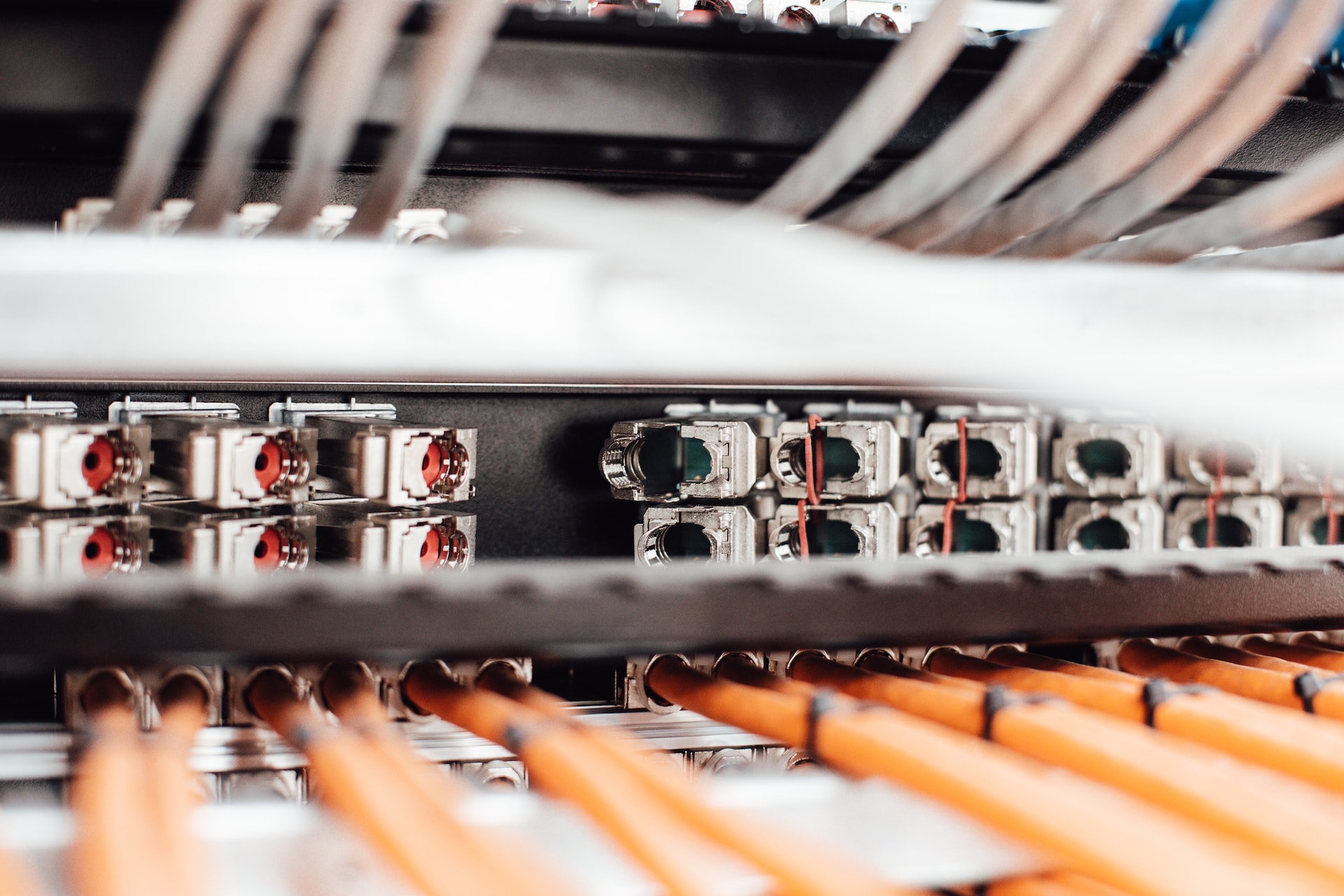While remote working offers flexibility and convenience, it also poses unique security problems that must be addressed to guarantee sensitive data is protected. Implementing Data Protection Impact Assessments is one method for reducing these risks (DPIAs).
By recognising the relevance of DPIAs and applying best practises, enterprises may guarantee that their remote working policies are secure and comply with relevant data protection standards.
Steps to Conduct a DPIA
As per the DPIA meaning, it is a process used to identify, assess and mitigate any risks associated with the collection and handling of personal data. Here are the key aspects to follow:
Identify the data processing activities
This includes classifying the type(s) of data that will be processed and stored, such as personal or sensitive information, biometric data and other applicable data types. It is best practice to use a spreadsheet to list each activity, its purpose and the type of data it will process.
Assess the data security risks
To establish an appropriate risk assessment, both technological and organisational components of the remote working environment must be considered.
The first step is to compile a comprehensive list of all the data sources that will be processed in the remote working environment. Third-party systems and services, such as cloud storage or apps, are included.
Second, select essential assets that might jeopardise data privacy if not sufficiently protected. Understanding where sensitive data originates, where it is stored within the cloud environment, and when it leaves – as well as its classification based on organisation-specific risk criteria – is required.
Then, analysing any criminal conduct that workers may engage in while transferring important assets outside of secured business networks is crucial in assuring allowed users do not abuse privileged credentials for personal benefit.
Develop a data security plan
The goal of this plan should be to appropriately examine and safeguard the organisation’s data. This contributes to the security, integrity, and privacy of any data gathered or accessed.
A well-structured data security strategy should include four primary components: risk identification, risk assessment, data analysis, and privacy measures.
Risk identification entails identifying sensitive information inside the company and comprehending how it travels around the system.
Risk assessment is then utilised to comprehend potential dangers and assign the resources required to mitigate them. Following that, data analysis may find trends in the flow of user-level information through multiple services or networks.
Specialised privacy tools, such as encryption and authentication systems, can be deployed within the plan to protect user information while also allowing users access to their personal data.
Remote Working Considerations
Remote working allows employees to work from anywhere, making it an ideal choice for businesses that are looking for flexible working solutions. However, businesses must ensure that data is kept secure and safeguards are in place to protect it.
Secure remote access to data
Securing remote access to data can be a difficulty. Businesses must guarantee that access to their resources is safe, and they must also examine how to protect their customers’ personal information.
Using layered security measures is one technique to assist assure remote data security. They can range from disc level encryption for mobile laptops and devices, virus protection techniques for desktops, VPN’s for distant connections and control permissions for accessing specified regions of systems or resources.
It is also critical to ensure that workers who access the company network remotely have their own passwords or two-factor authentication credentials (2FA). This reduces the danger of unwanted access by third parties and criminal actors looking for sensitive information held on business networks.
Finally, while conducting secret activities, enterprises should avoid utilising public Wi-Fi networks; instead, utilise specialised virtual private networks (VPNs) recommended by experienced IT specialists for enhanced protection.
Monitor employee data access
Having clearly defined policies in place can help ensure that employees only access data that they are allowed to see.
It is also critical to monitor employee network and system activity, such as logging on and off, file transfers/downloads, printed papers, emails, and so on. Businesses should maintain a thorough audit trail in order to analyse all system activity and uncover inconsistencies or illegal activities.
Data security measures, including as encryption technology and multi-factor authentication methods, should also be examined frequently to guarantee that data is secure at all times during its existence.
Regularly review data security policies
All workers should be informed regularly about the systems and services, such as Virtual Private Networks (VPNs) and two factor authentication solutions they should use while accessing business networks.
Businesses must ensure that all devices used for work are monitored for any suspicious software downloads or harmful activities that may have happened during remote working sessions, such as malware or phishing emails sent from the device.
Frequent training may assist guarantee that employees understand how to handle data appropriately when they are not in the office. Businesses can also show compliance with broader legal changes such as GDPR [General Data Protection Regulation] by retaining external auditors or organising an annual internal audit by a person more versed in such frameworks.
Summary
It is now critical for all firms to take the required steps to ensure the effectiveness of their data protection policies, particularly while shifting to a remote working environment. Businesses should assess their current security policies and processes to see how they may be altered to address the issues posed by remote employment.
















